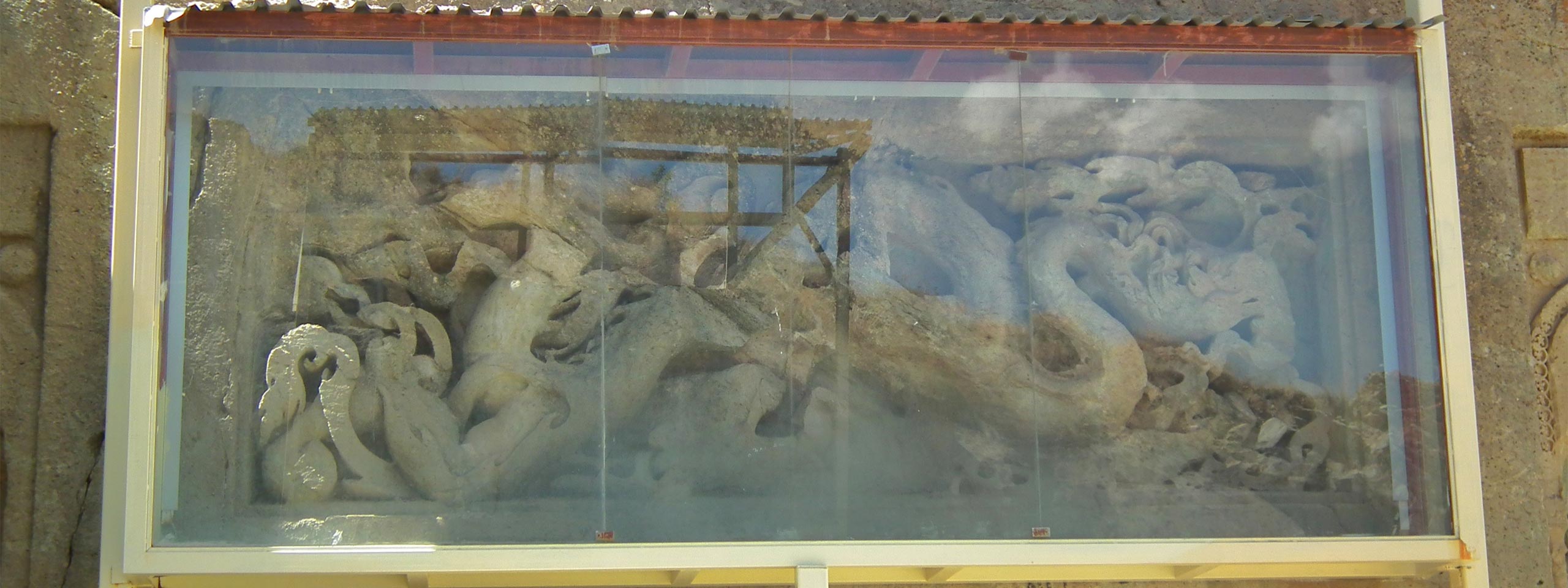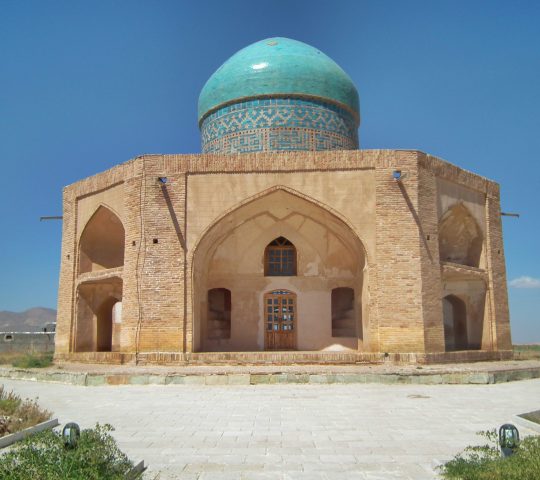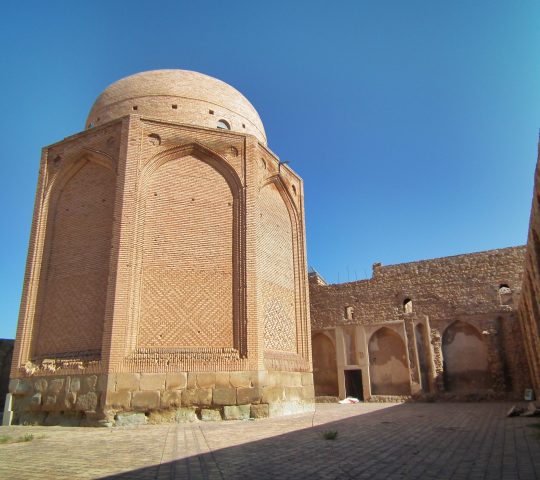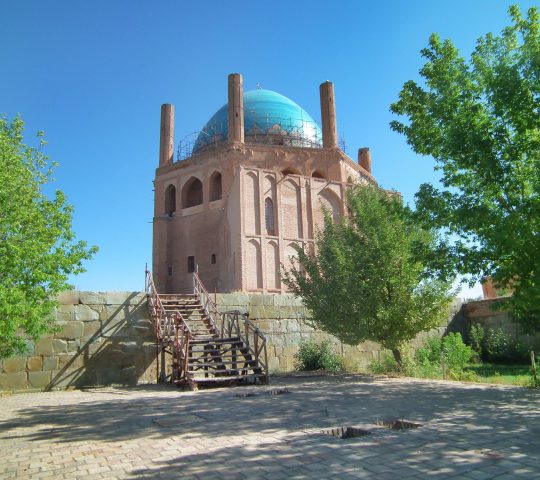History of Dashkasan Temple in Zanjan
Dashkasan temple in Zanjan belongs to the Ilkhanate dynasty. The construction of this temple dates back to the death of “Arghun Khan“, which began with the efforts of Aljai Khatun (sister of Sultan Mohammad-e Khodabande), but unfortunately was not completed.
Despite some of the relics left at the site of the Dashkasan temple, it is possible that the Arghun Khan attempted to build it before converting to Islam, but stopped building it after converting to Islam.
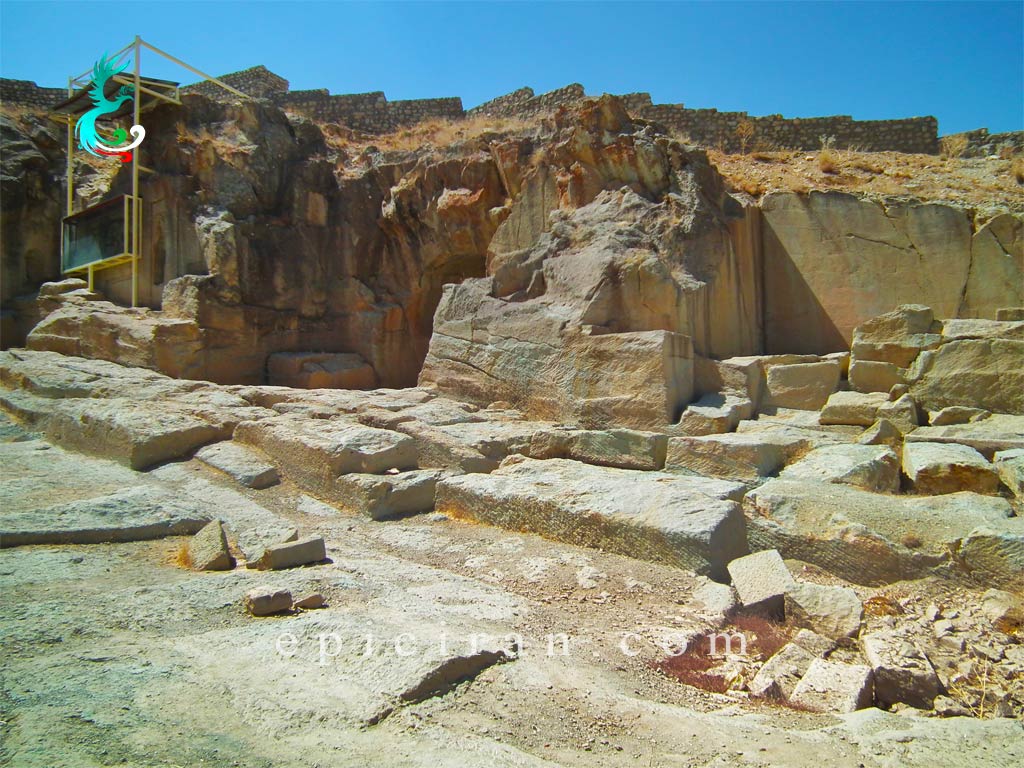
Some archaeologists believe that the Dashkasan temple, also known as the Temple of the Dragon, was originally built during the Sasanian period and was in fact a shrine for followers of the Mehr religion. The main features of this temple are the reliefs of two dragons and Islamic designs on the niches that were executed in the Ilkhanate dynasty period. Because of these patterns, many people think that this temple dates back to the Ilkhanate period.
Different names of the Temple
The Dashkasan temple in Zanjan is also called the Temple of the Dragon. The reason for this naming is the role of two dragons in this temple. This temple is one of the most prominent rock architectural sights in Iran. The reliefs of the two dragons, which are symmetrically facing each other, are one of the unique features of the rock or masonry architecture in the Dashkasan temple.
Many tourists at the beginning of entering the temple think that Dashkasan may have been a Chinese temple in the past, and for this reason, the surroundings of this temple are called “China of Iran”.
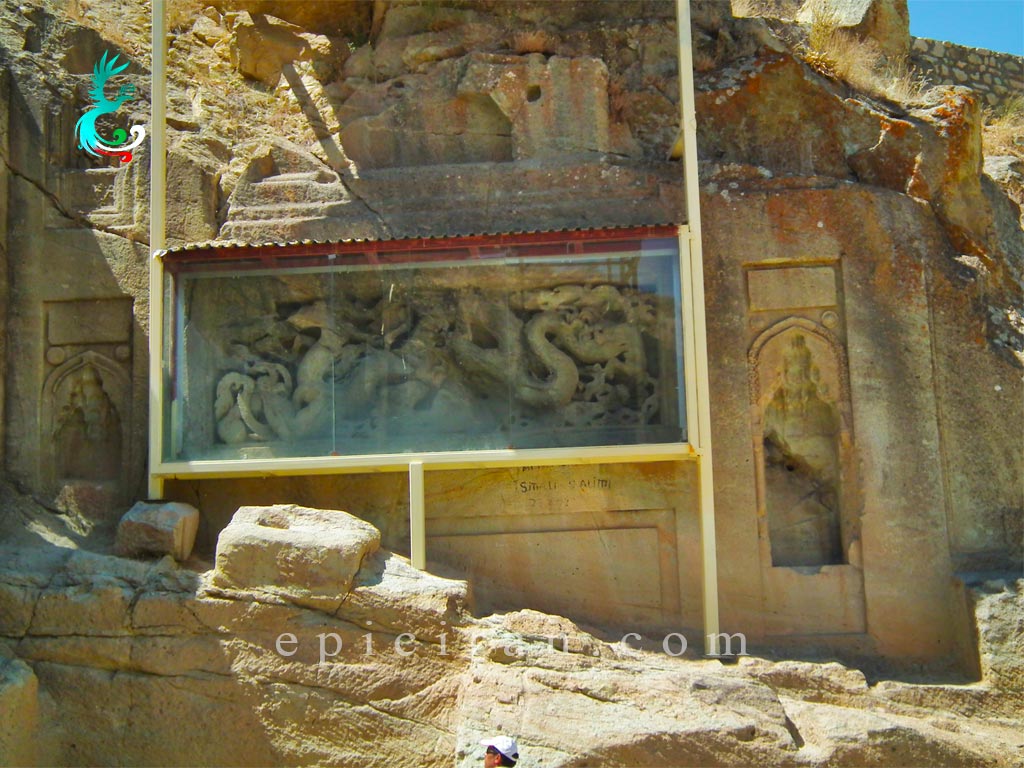
Dashkasan Temple Architecture
Rock architecture is the main feature of Dash Kasan Temple. Some parts of this temple have been created inside the rocks and that is why it is said that its architecture is rock.
Arch and niche
Three niches are built in the western and eastern part of Dashkasan temple and in the heart of the rocks, which have very beautiful muqarnas. Islamic patterns with delicate and different designs are one of the main symbols of Iranian architecture.
Some experts believe that the design and construction of these patterns on the rocks were actually inspired by the social situation in Iran in the eighth century. These patterns were made with advanced stone-cutting technologies in that period and are beautiful and unique examples of Iranian architecture.
On the windowsills, you can see delicate moccasins, along with Islamic motifs with various designs.
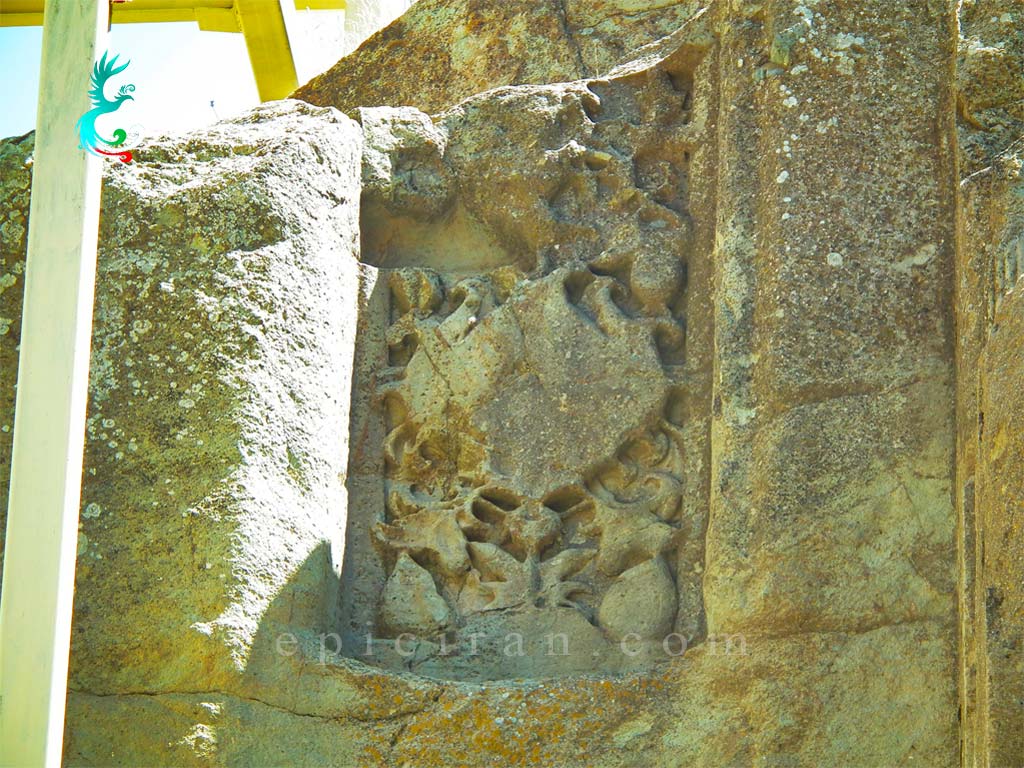
Design of Iwan and yard
Dashkasan temple in Zanjan has several porches and ancient sites on which you can see reliefs and stone carvings. These reliefs and carvings on the porches and on the grounds of Dashkasan Temple have turned this temple into a unique work of art and architecture, and this issue has attracted the attention of experts.
At that time, the most advanced metal masonry technologies were used to build the Dashkasan temple and they tried to choose the best place to build the Temple in Zanjan.
The choice of the location indicates that the builders had information about geology. The temple area is rectangular and is about 50 to 100 meters. Part of the site was created for excavation on a hill that can now be visited. Interestingly, longitudinal symmetry was used to build the temple, which you can see in different sections.
Chinese temple designs
One of the most important Chinese designs of the temple is the role of two dragons that are carved symmetrically facing each other in the heart of the rock. The dragon patterns are 5 meters long and 1.5 meters wide and are the largest decorative designs of the Dashkasan temple.

Islamic Dashkasan Temple Designs
There are delicate moccasins on the ledges carved into the heart of the cliffs. Also, Islamic motifs with different designs can be seen in the decorations of the Dashkasan temple. All these small paintings have influenced the more attractive and of course mysterious appearance of this temple.
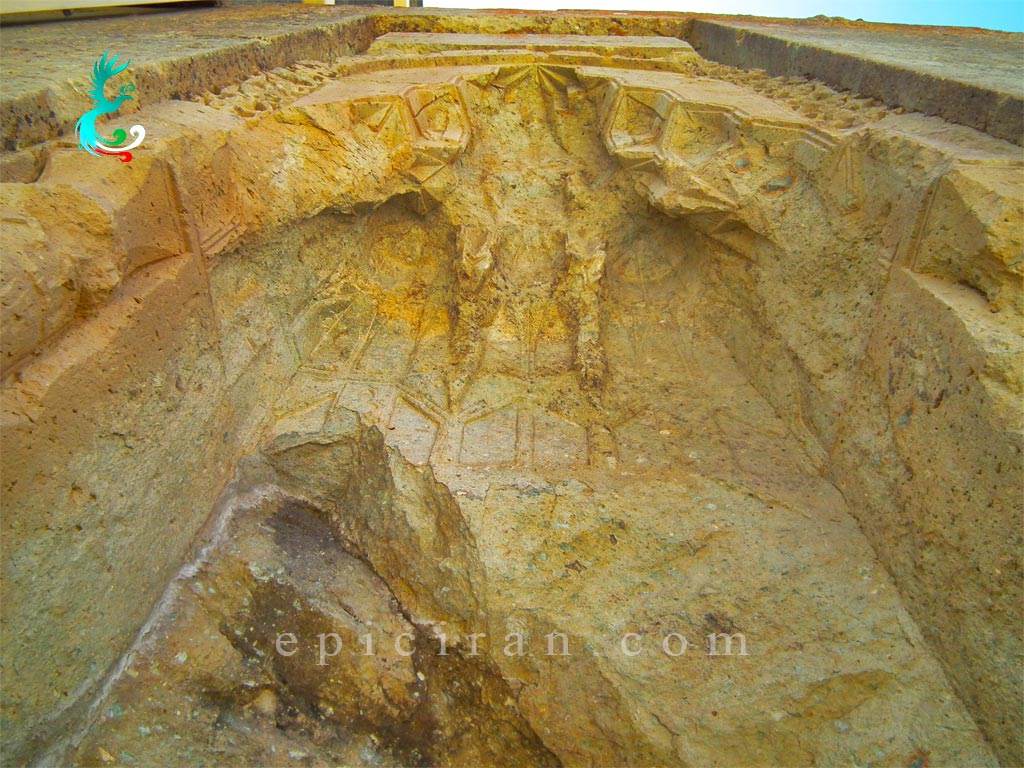
Caves inside the temple
In the middle of Dashkasan temple, three relatively deep caves have been dug, and these caves, like niches, have beautiful patterns and motifs. It is not clear what the use of these caves was and why they were built inside.

